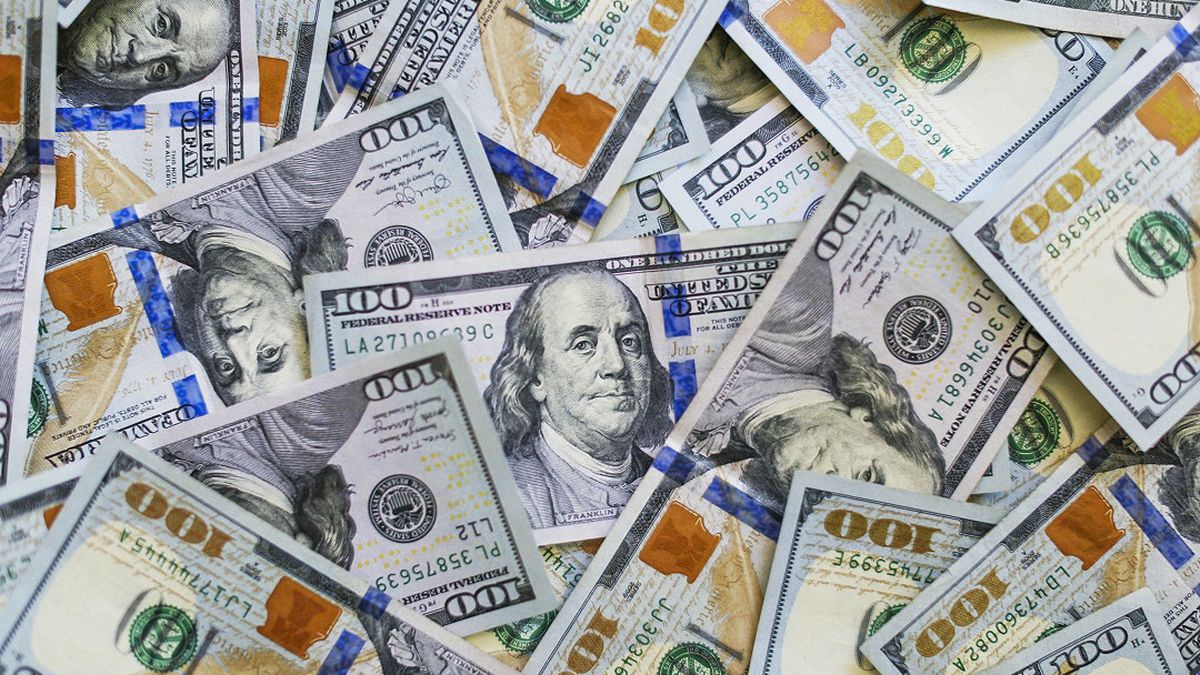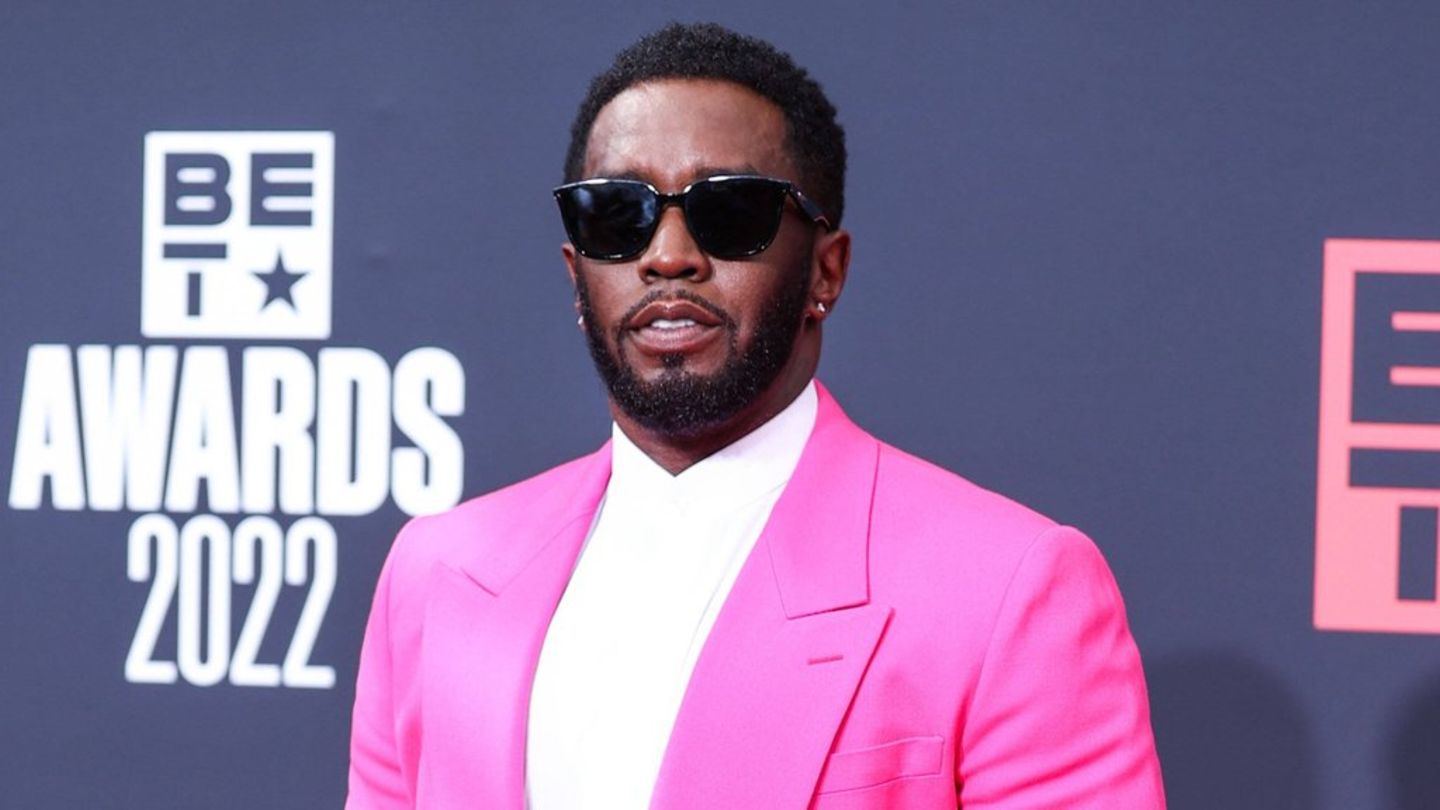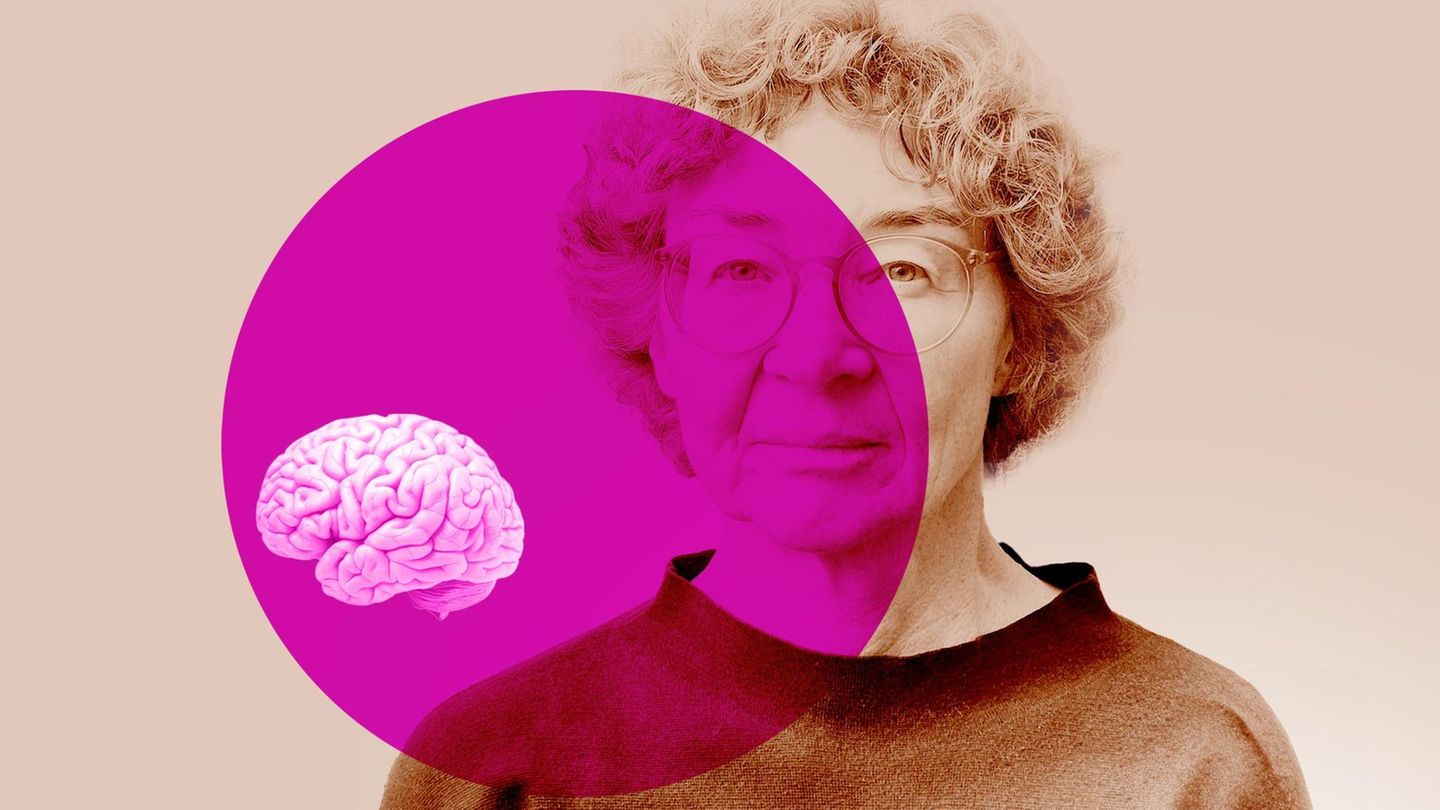The runner or “correta”, key figure
“The ‘correta’ does not make commission, his job is not to move dollars, but to make prices. The most important brokers are no more than seven, and they do not move a dollar, but are dedicated to making a price ”, the source details.
He explains that these actors are the closest to how supply and demand are and those who want to buy and sell talk to them: from importers and exporters to businessmen and, sometimes, when people linked to the government also intervene.
“In the past, the ‘corretas’ used to be ex-bankers, for example, guys who had retired from the financial sector, but now there are younger people. Some operate from their offices in gated communities and others in high-end buildings in the City”, she comments.
The money changer: a kind of wholesaler
Meanwhile, he assures that the money changer is the wholesale laborer, the one who stops at the money changer’s offer, the one who sues the broker in the morning and then offers him. He works with reference prices of the broker and adds $2, for example. “This is the famous wholesaler, he helps set prices and does the volume, but he is not the one who sets the prices,” he clarifies.
The money changer, who is who gives prices for the portals, For example. “The category of exchangers covers a huge range: from exchange agencies, to former directors of ALYCs, to financiers that make transfers abroad,” says this voice from the City.
He also explains that the money changer has the peculiarity that trade more currencies than the broker, which focuses on dollars and sometimes euros, while the exchanger operates currencies of neighboring countries as well. “They usually work in offices in downtown and the northern corridor and are very suspicious of who their clients might be,” he adds.
The caves: a great diversity of operators
Another different link is that of the caves. “Are They have enormous diversity: they range from small financiers to a textile company, for example.. There are caves throughout the country, and that is where the volume without registration is, ”he explains. And he adds that, at this point in the chain, the price can have a larger spread, as much as $10 from the broker’s value.
“The caver makes its difference in that it takes regardless of the amounts, from US$200, while a moneychanger can ask you from US$1,000 and up, and a ‘correta’ already operates large blocks of up to 3 zeros,” says the fountain. However, all caves take reference price from a forex trader and they apply an extra commission. In other words, they are not important for pricing, but they are the liquidity providers.
In the last time, on the other hand, since the pandemic, many caves implemented the “delivery” as a mode of operation. They take the money in pesos or dollars (depending on whether it is a purchase or sale operation) to the client’s door and change the bills there. This was a modality that was previously reserved for large clients, but it became popular to solve the problem of isolation.
El chiquitaje: the market among acquaintances
And finally, there is “the smallness”, which paradoxically, is huge. “can be anyone who makes change, from a co-worker to someone in a newspaper kiosk, is the one who can usually sell small amounts in a money changer ”, they detail.
Source: Ambito
I am a 24-year-old writer and journalist who has been working in the news industry for the past two years. I write primarily about market news, so if you’re looking for insights into what’s going on in the stock market or economic indicators, you’ve come to the right place. I also dabble in writing articles on lifestyle trends and pop culture news.




